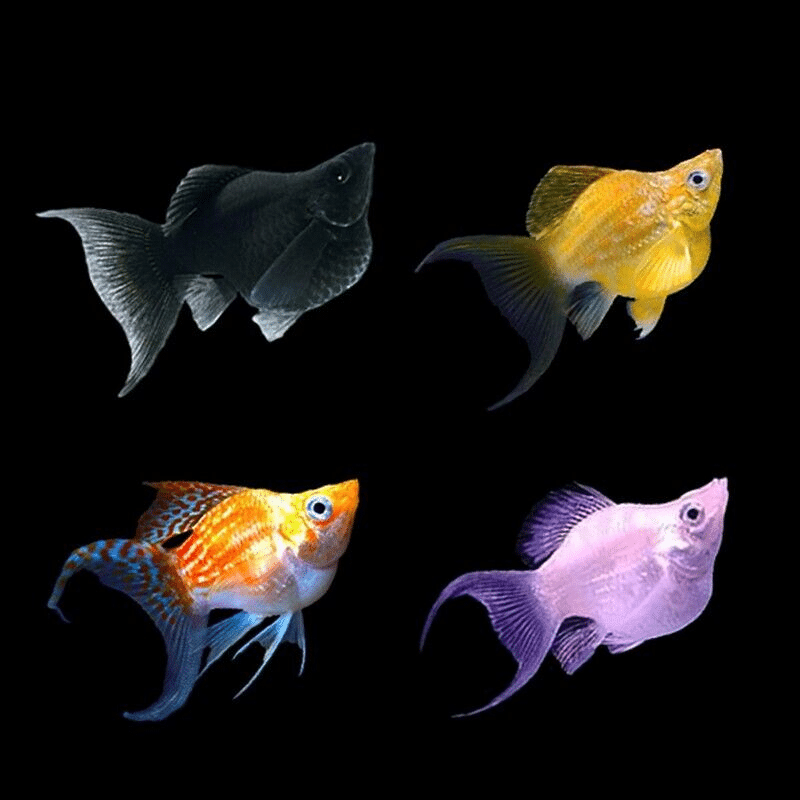To provide the best experiences, we use technologies like cookies to store and/or access device information. Consenting to these technologies will allow us to process data such as browsing behaviour or unique IDs on this site. Not consenting or withdrawing consent, may adversely affect certain features and functions.
The technical storage or access is strictly necessary for the legitimate purpose of enabling the use of a specific service explicitly requested by the subscriber or user, or for the sole purpose of carrying out the transmission of a communication over an electronic communications network.
The technical storage or access is necessary for the legitimate purpose of storing preferences that are not requested by the subscriber or user.
The technical storage or access that is used exclusively for statistical purposes.
The technical storage or access that is used exclusively for anonymous statistical purposes. Without a subpoena, voluntary compliance on the part of your Internet Service Provider, or additional records from a third party, information stored or retrieved for this purpose alone cannot usually be used to identify you.
The technical storage or access is required to create user profiles to send advertising, or to track the user on a website or across several websites for similar marketing purposes.

















Emily Carter (verified owner) –
I recently purchased a pack of 10 assorted Lyretail Balloon Sailfin Mollies, and I couldn’t be happier! These little guys have added so much life to my freshwater aquarium. When they arrived, they were lively and healthy, which immediately put my mind at ease about their well-being. After a week of acclimation, I noticed their vibrant colors really shining through, especially the orange and black varieties.
The balloon shape is just adorable and quite different from the typical mollies I’ve kept in the past. Compared to other livebearers, I find these mollies to be more social and entertaining. They really enjoy swimming around and exploring their environment together.
One minor concern was that a couple of them seemed a little shy at first, but after a few days, they warmed up and started interacting more. I’ve set up plenty of hiding spots and plants in my aquarium to help them feel secure, which I recommend for anyone looking to keep these lovely fish.
Overall, I would highly recommend the Lyretail Balloon Sailfin Mollies for both new and experienced aquarists. They’re a joy to watch and bring such a vibrant ambiance to the tank. I can’t wait to see how they grow and thrive in the coming months!